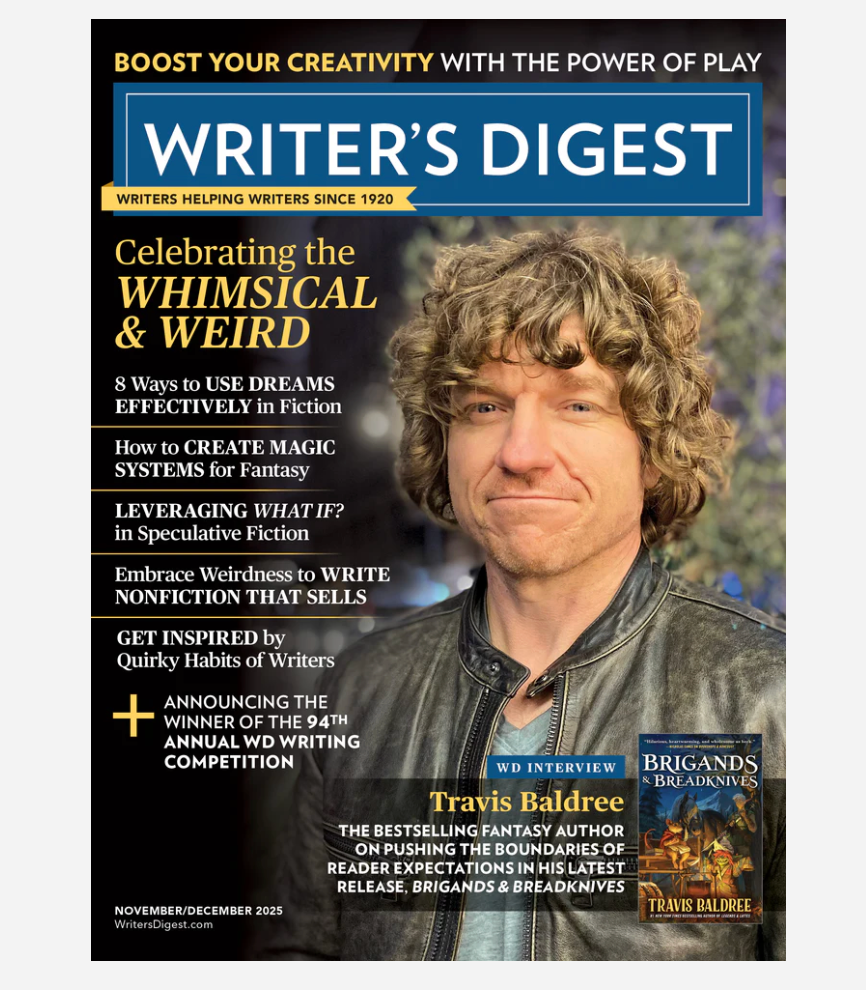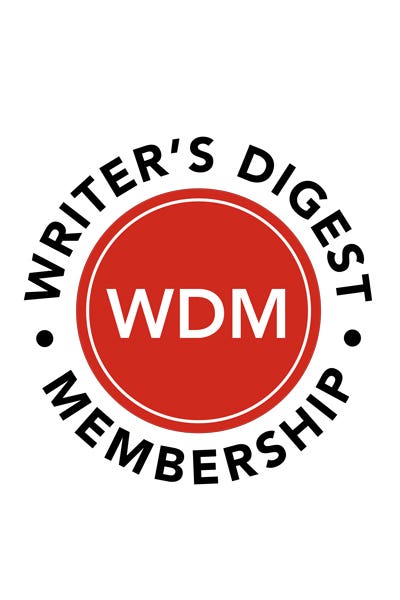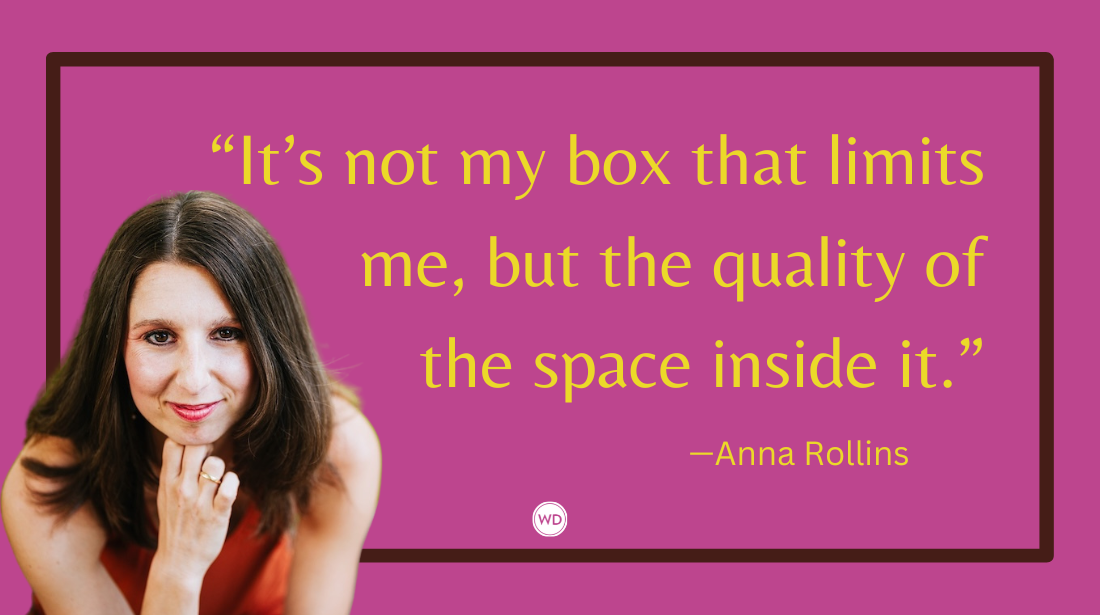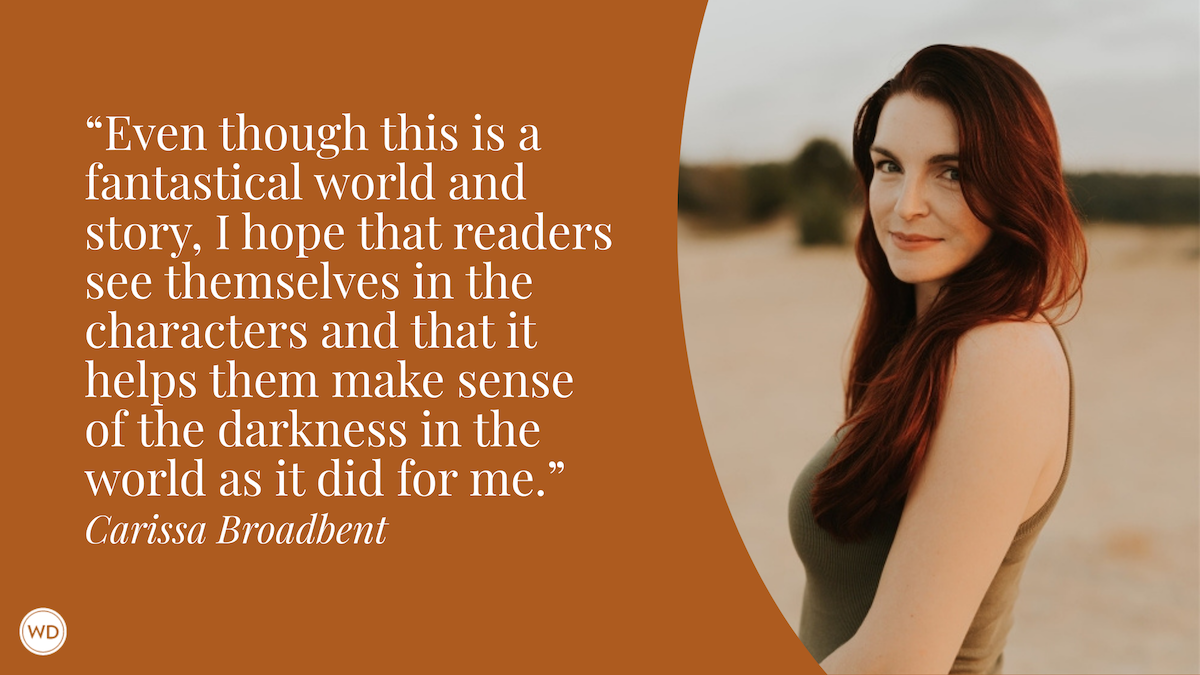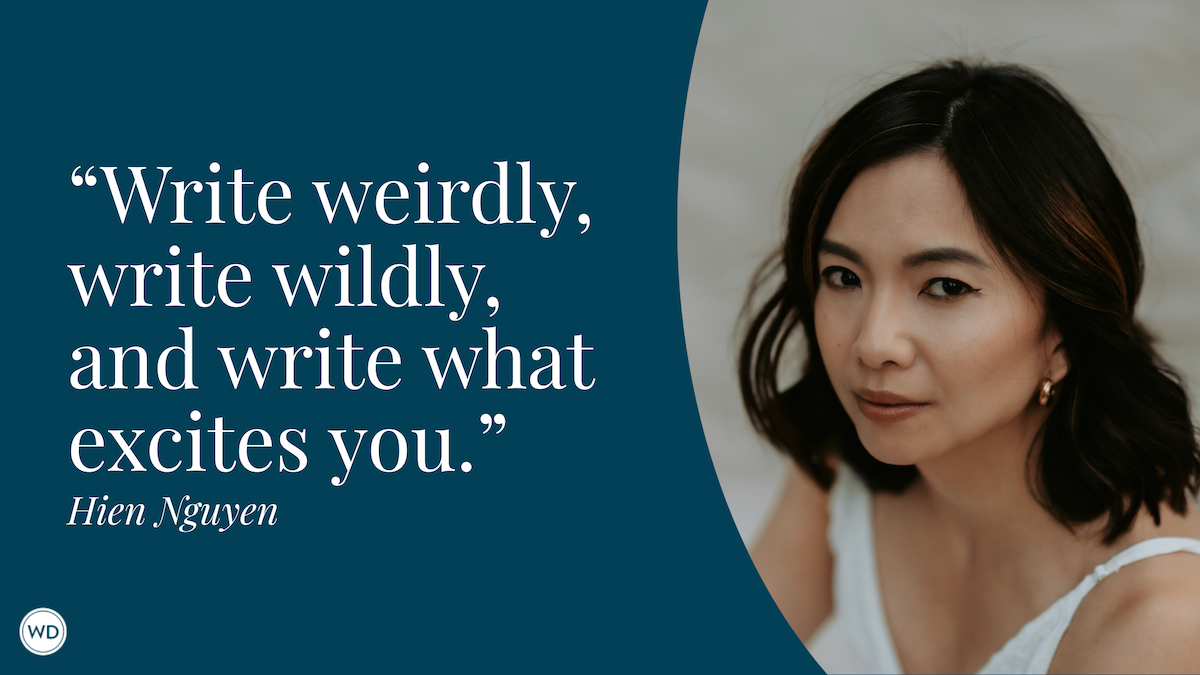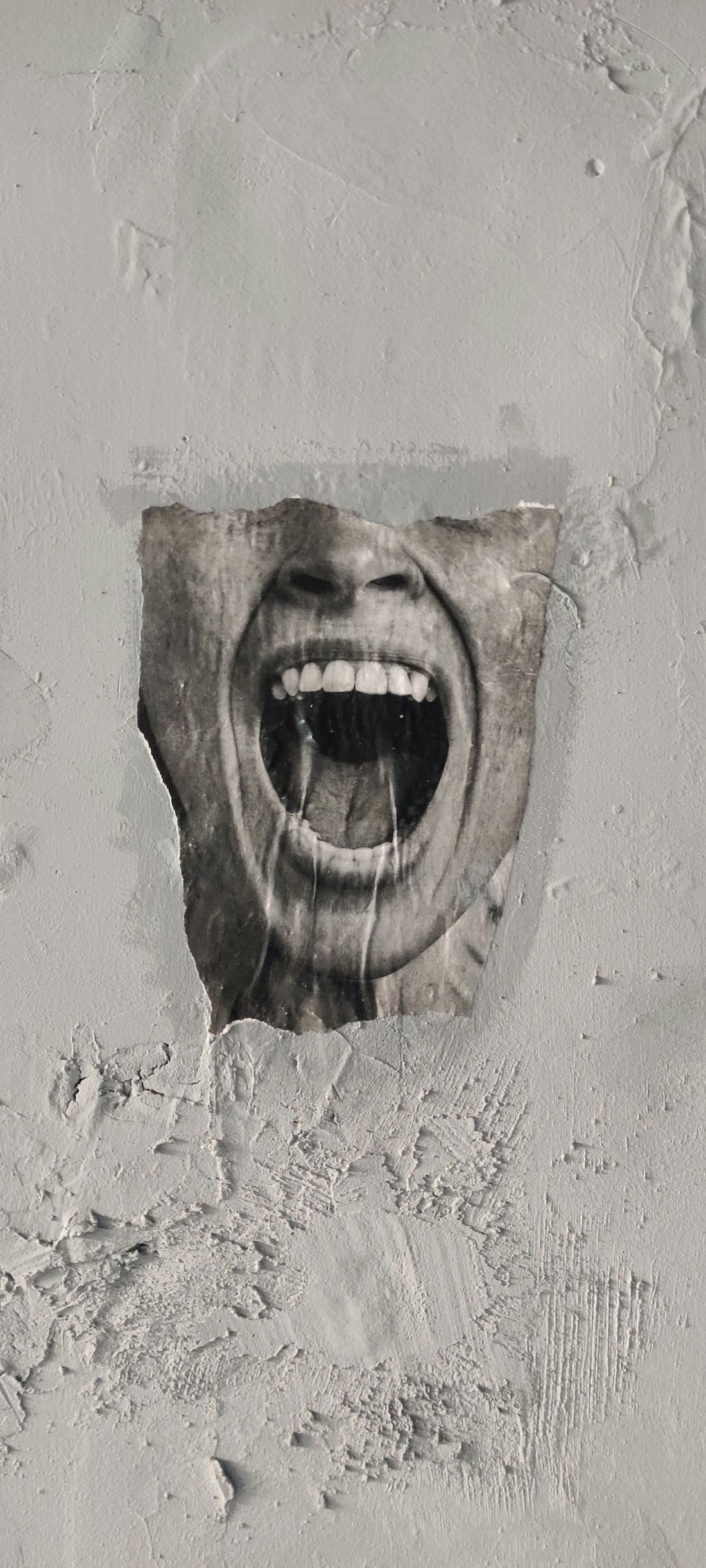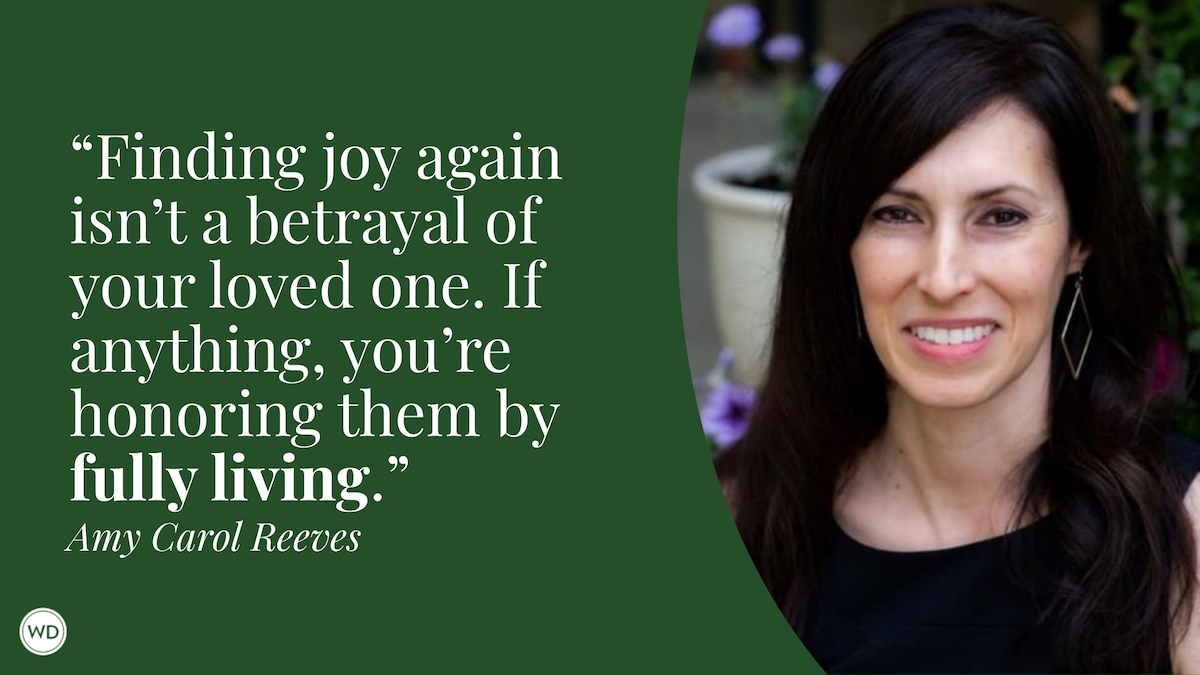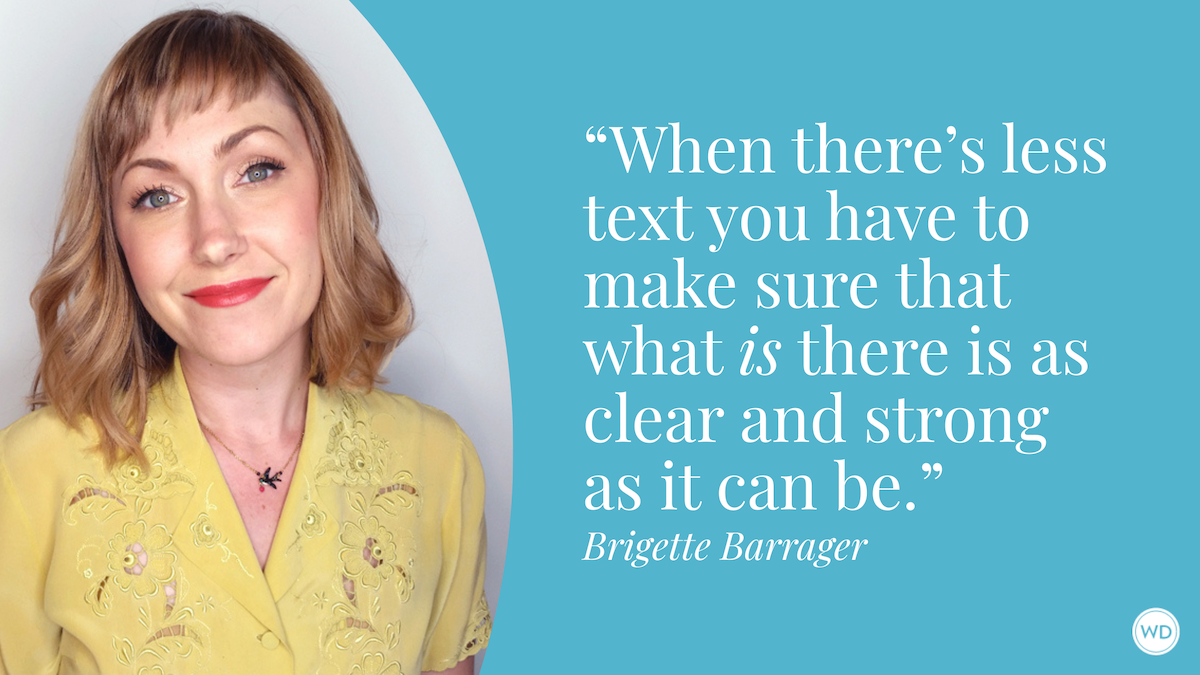Bonnie Yochelson: On Exploring New York’s Gilded Age
In this interview, author Bonnie Yochelson discusses the process of putting together her new book, Too Good to Get Married.
Formerly Curator of Prints and Photographs at the Museum of the City of New York, Bonnie Yochelson is an independent art historian and curator. She has organized exhibitions and published books on Jacob Riis, Alfred Stieglitz and Berenice Abbott, among others. She taught in the MFA Photography, Video and Related Media Department at the School of Visual Arts, New York City, for 30 years. Yochelson was awarded a Robert D.L. Gardiner Writing Fellowship by The Gotham Center, CUNY Graduate Center for TOO GOOD TO GET MARRIED. She received the full cooperation of Alice Austen House and Historic Richmond Town, which lent generous financial and staff support to the project. To learn more about Bonnie Yochelson, visit BonnieYochelson.com, and follow her on Facebook and Instagram.
In this interview, Bonnie discusses the process of putting together her new book, Too Good to Get Married, how long it took to go from idea to publication, and more.
Name: Bonnie Yochelson
Literary agent: Albert LaFarge Literary Agency
Book title: Too Good to Get Married: The Life and Photographs of Miss Alice Austen
Publisher: Fordham University Press, Empire State Editions
Release date: June 3, 2025
Genre/category: Biography, photography, Gender Studies, New York City history
Previous titles: Jacob A. Riis: Revealing New York’s Other Half, A Complete Catalogue of His Photographs; Alfred Stieglitz New York; Rediscovering Jacob Riis, Exposure Journalism and Photography in Turn of the Century New York; Esther Bubley On Assignment; New York Changing: Rephotographing Berenice Abbott’s “Changing New York,” Photographs by Berenice Abbott and Douglas Levere; Jacob A. Riis, Phaidon 55 series; Berenice Abbott: Changing New York; Pictorialism into Modernism: The Clarence H. White School of Photography (co-author); New York to Hollywood, Photography by Karl Struss (co-author)
Elevator pitch: Explore Gilded Age New York through the lens of Alice Austen, who captured the social rituals of New York’s leisured class and the bustling streets of the modern city. Celebrated as a queer artist, she was this and much more
What prompted you to write this book?
In the 2010s, Historic Richmond Town (HRT) digitized and catalogued Austen’s collection of more than 7,000 prints and negatives. As an art historian and curator, I have specialized in studying and interpreting archives of well-known but little studied New York photographers. The accessibility of the collection plus the need for a new book made Austen a natural subject for me.
How long did it take to go from idea to publication?
So long!
And did the idea change during the process?
I agreed to collaborate with HRT on a book as early as 2013, but a complete catalog of Jacob Riis’s photographs and a cascade of Riis exhibitions kept me busy until 2017. When I began research on Austen, I found that there were not only the photographs but a mountain of Austen family memorabilia and a trove of letters at the Alice Austen House—a lot to digest. Two former HRT curators who had worked on Austen for years generously offered their support, which greatly improved the book but prolonged the research phase. There was also the complex issue of gender history, which was new to me. Fordham University Press waited four years for the manuscript, for which I am very grateful.
Were there any surprises or learning moments in the publishing process for this title?
My previous books were commissioned by museums. This was my first book that was subject to peer review —twice: by the Gotham Center (CUNY Grad Center) that offered me a writing fellowship, and again by Fordham. The input from scholars in several fields was much needed and fantastic for me.
Were there any surprises in the writing process for this book?
There were many factual discoveries. For example, Austen claimed that her father returned to his native England, abandoning her mother when she was a baby. Austen’s father, it turns out, lived in Brooklyn and was buried in his family’s plot in Greenwood Cemetery!
The biggest mystery was this: Austen took her now-famous lesbian photographs before the concept of lesbianism was understood. What was going on? I found a plausible explanation through carefully studying the chronology of the photographs and the letters and understanding how American woman began challenging Victorian feminine norms in the late 1890s.
What do you hope readers will get out of your book?
Austen was a strong-willed, talented woman, full of contradictions. Loyal to her privileged class, she explored her sexuality and found happiness in a lifelong partnership with a woman. She left almost no written testimony, but her photographs, properly understood, offer a fascinating portrait of Gilded Age American life.
If you could share one piece of advice with other writers, what would it be?
This book was more challenging and rewarding than I anticipated, coming at is did at the end of my career. I am grateful that I was able to see it through and proud of the result. Advice? No thoughts on that.


